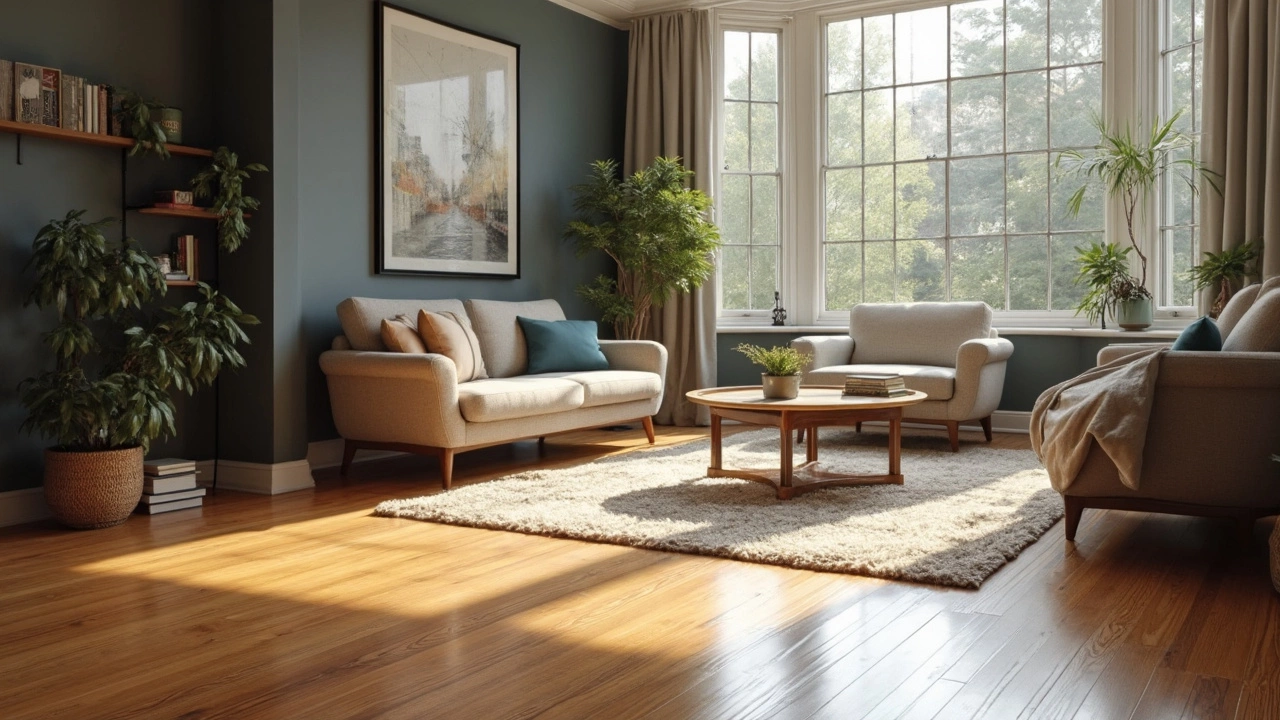Budgeting Floors: Simple Steps to Keep Your Flooring Costs Under Control
Going for new floors can feel pricey, but it doesn’t have to drain your savings. The key is to break the cost down into clear parts and tackle each one with a plan. Below you’ll find a straight‑forward way to set a floor budget, pick the right materials, and avoid hidden expenses.
Set a Realistic Flooring Budget
Start by measuring the area you want to cover. Grab a tape, write down the length and width of each room, then multiply to get square metres. Once you have the total, decide how much you’re comfortable spending per square metre. This gives you a rough ceiling to work with.
Next, list the three cost buckets that matter most: material, labour, and extras. Material includes the floorboards, tiles, or vinyl. Labour covers the installer’s time or your own DIY effort. Extras are things like underlay, trims, and disposal fees. Seeing the numbers side by side makes it easy to spot where you can cut back.
Don’t forget to add a 10 % buffer for unexpected issues – a bit of extra tile may break, or a floor might need extra prep work. Having that cushion means you won’t be shocked by the final bill.
Choose Materials That Match Your Budget and Style
Flooring comes in a wide price range. If you’re on a tight budget, look at laminate, vinyl plank, or engineered wood with a basic finish. They often cost half of solid hardwood but still give a similar look.
For a higher‑end feel without the premium price, consider luxury vinyl tile (LVT). It mimics stone or wood, holds up well in high‑traffic areas, and installs quickly, saving labour costs.
When shopping, compare the price per square metre, but also ask about warranty and wear rating. A cheaper product that wears out fast can end up costing more in the long run.
If you’re handy, DIY installation can shave 30‑40 % off the total price. Watch a few YouTube tutorials, gather the right tools, and set aside a weekend for the work. Just be honest about your skill level – a botched install can lead to expensive repairs.
Another tip: buy flooring during off‑season sales, usually in late winter. Retailers often discount stock to make room for new lines, giving you a solid saving without compromising quality.
Finally, think about the long‑term costs. Some cheap floors need frequent polishing or replacement. Choosing a material with low maintenance can save you time and money over the years.
With these steps, budgeting floors becomes a clear, manageable process. Measure, break costs into buckets, add a safety net, pick the right material, and decide whether DIY makes sense. Follow the plan, watch for sales, and you’ll end up with great floors that fit your wallet.
Best Flooring for Your Money: A Cost-Effective Guide
- Gavin Whitaker
- |
- |
- 0
Finding the best flooring that balances cost, durability, and aesthetics can be tricky. This guide dives into various options, highlighting which floors provide the best value for your money. Whether you're renovating or building, choosing the right flooring can save you a lot in the long run. We walk through the savings of each flooring type and what to consider when making a decision. Get ready to transform your space without breaking the bank.
View more